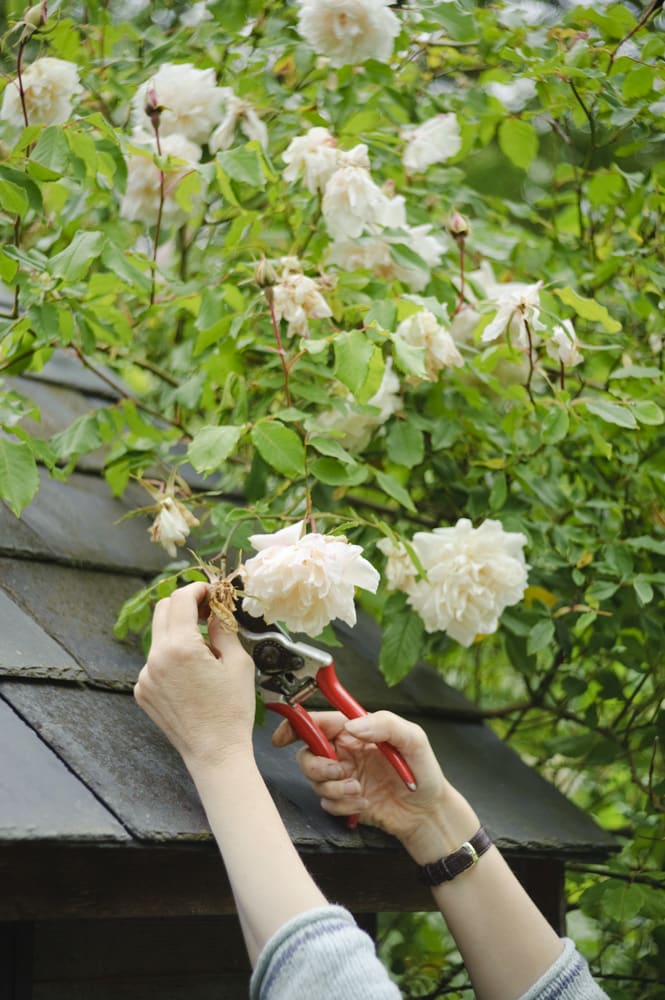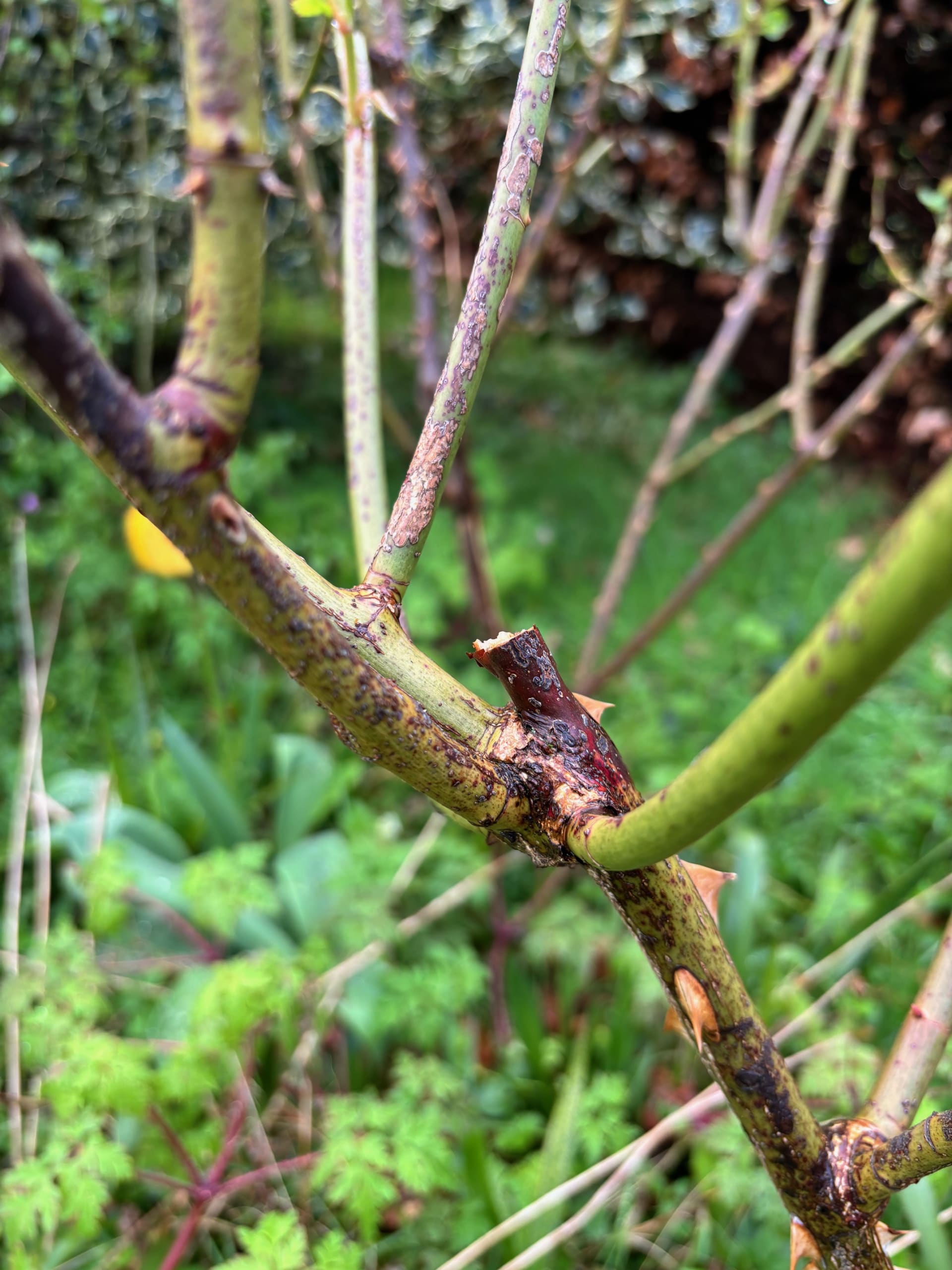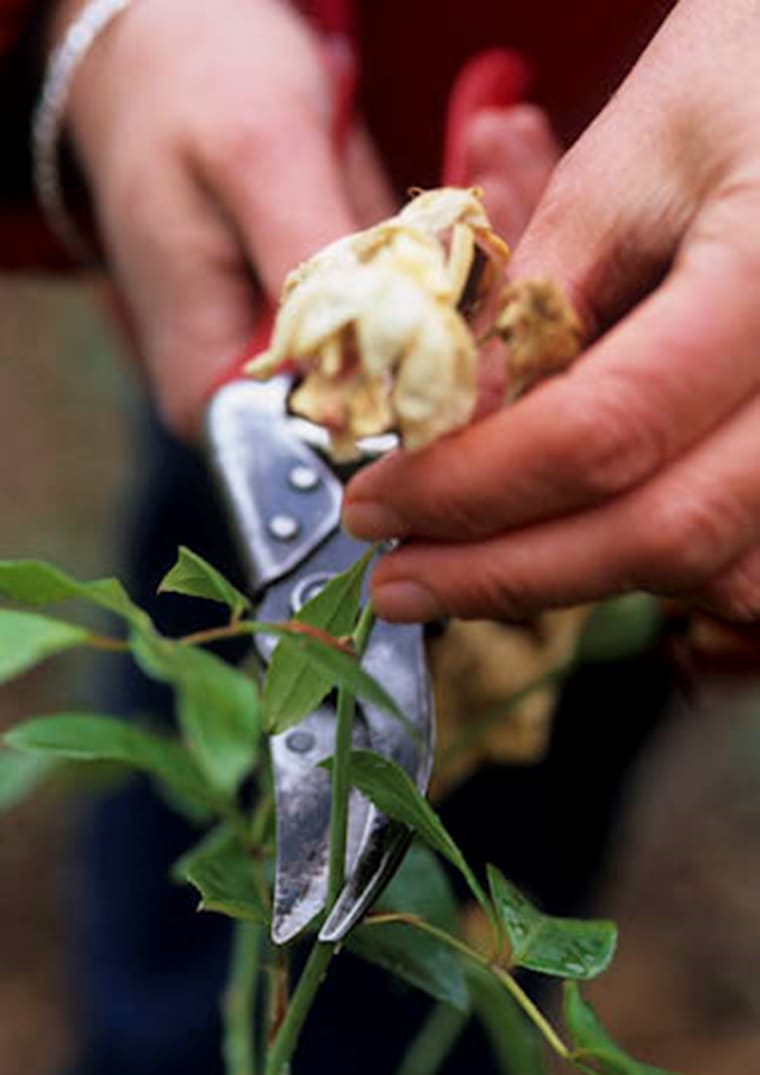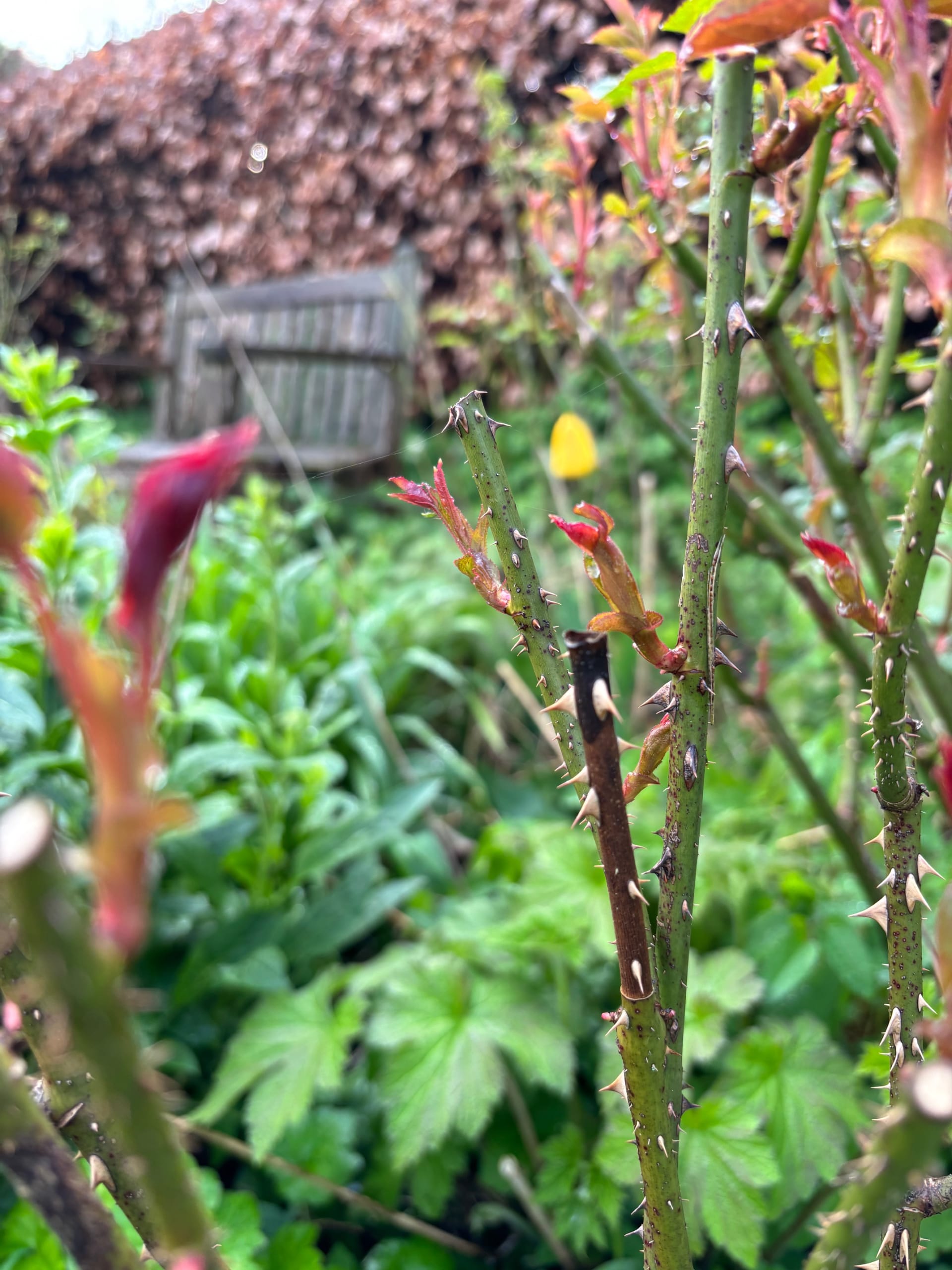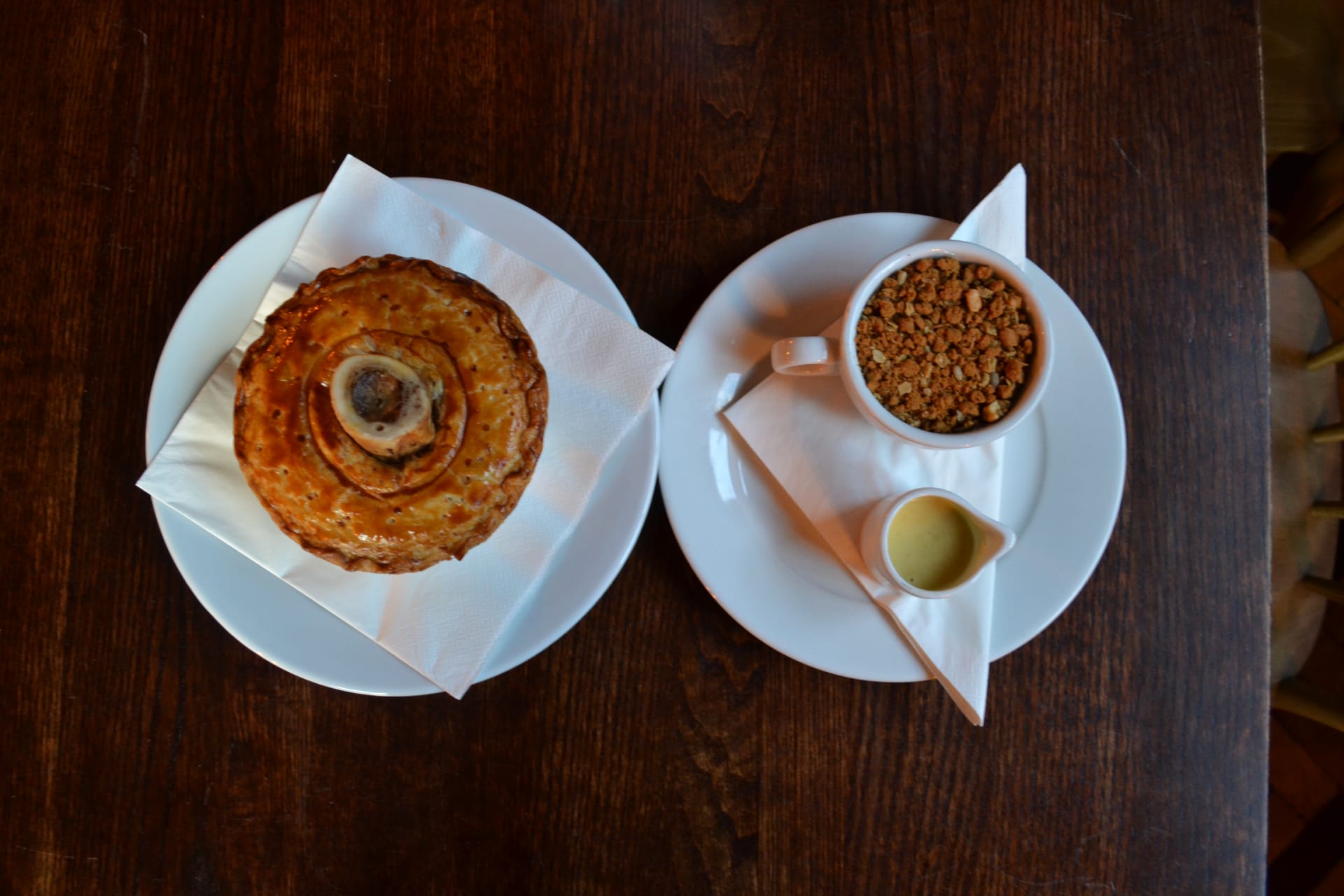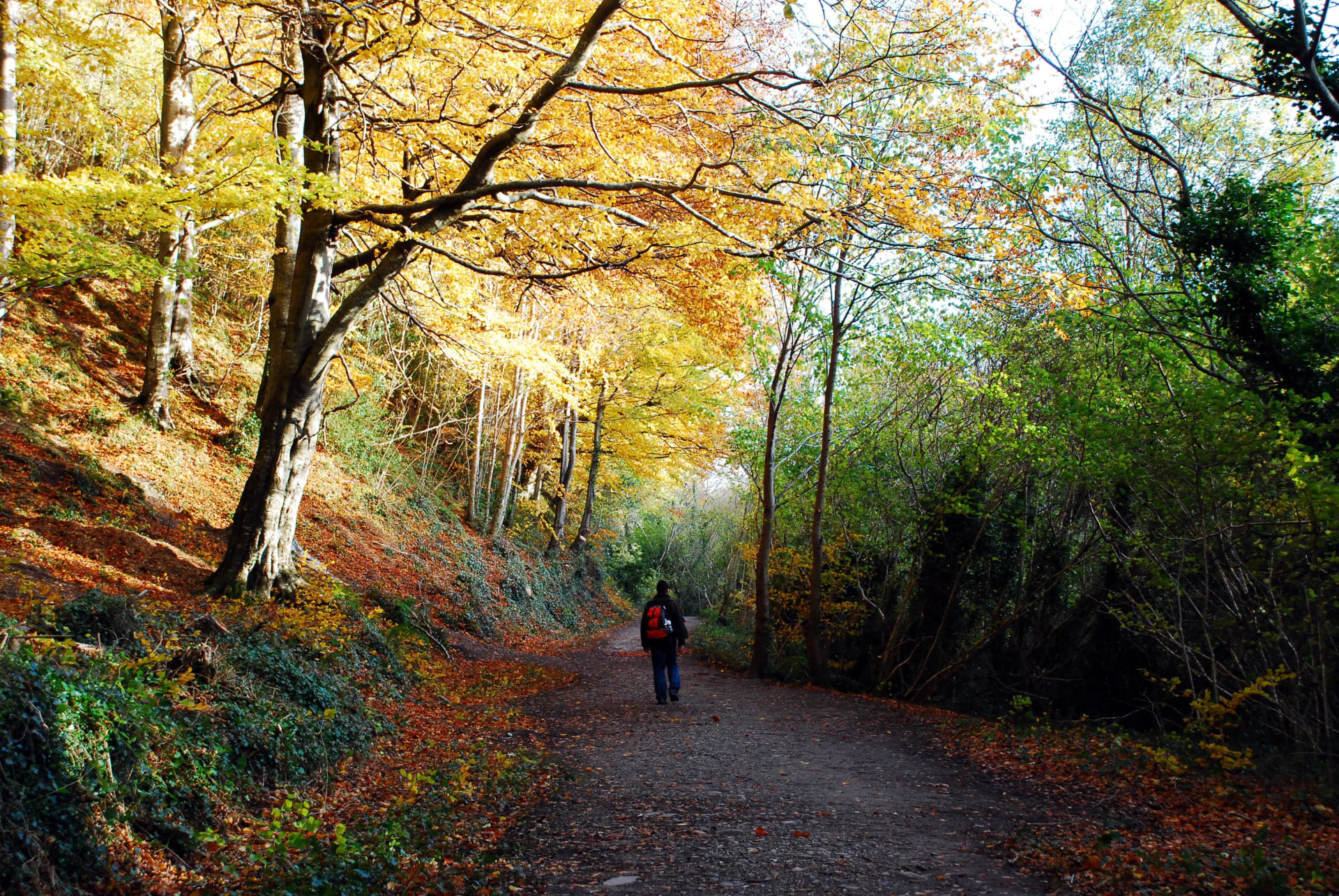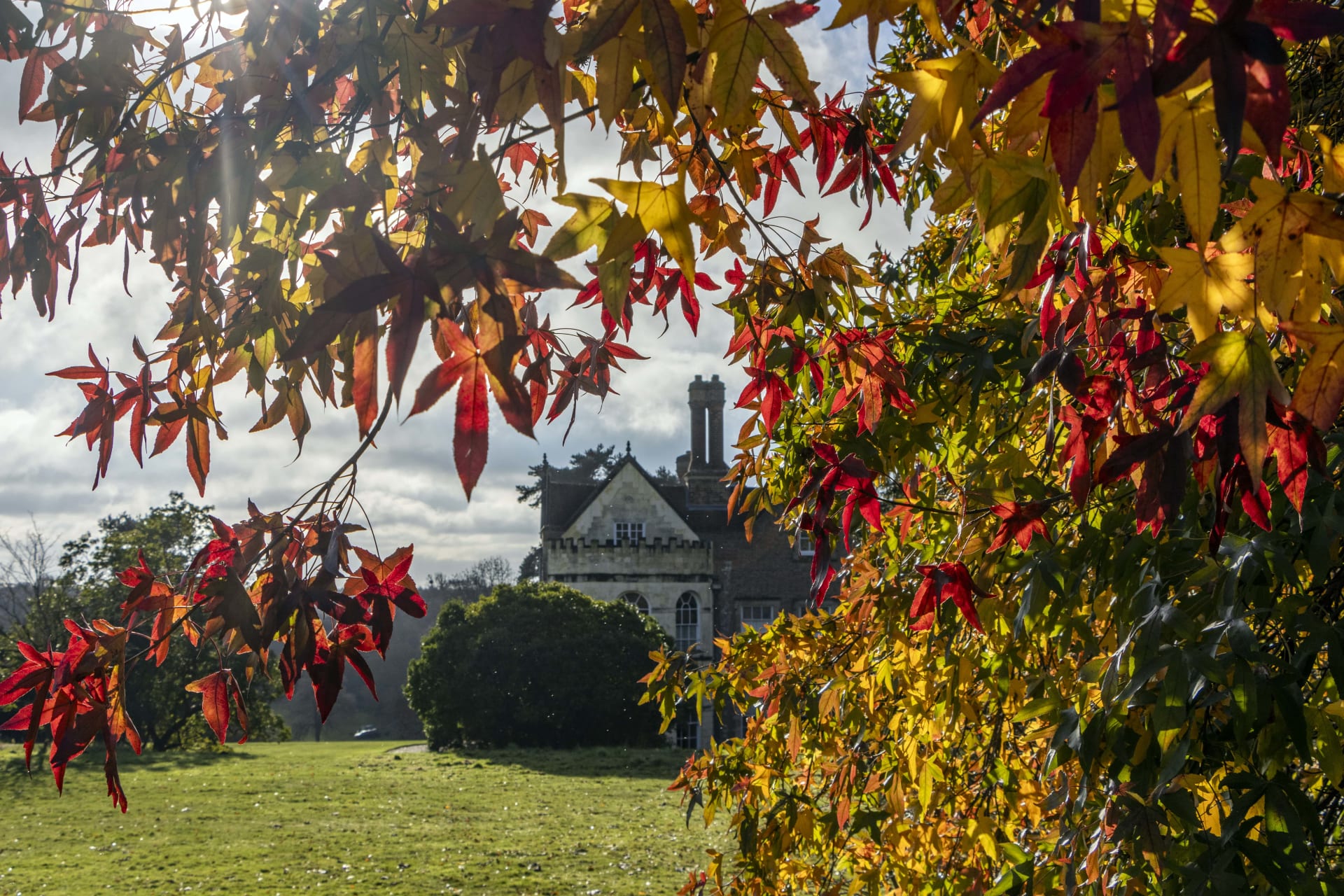Many of us grow roses, and in the late spring and early summer as they put on new growth with their first flush of flowers, they will bring our flower beds alive with their fragrance and glorious petal shades. By the time we get to July, however, they may be looking less healthy and indeed, they may look decidedly poorly.
Don’t despair – take action now rather than leaving them to their own devices. Even if you did not give your roses any attention in March (by way of pruning and a feed with a suitable rose fertiliser), it is not too late to give them some tender loving care this month.
Although we are now getting excessively wet mild winters, we have had some scorching hot summers with weeks of very dry weather over recent years. Ensuring your roses are receiving suitable quantities of water is important. Established roses develop a deep root system so once they are settled in their growing position. Unless it is excessively hot and dry they will only require five to ten litres (one large watering can) per plant although sandy soils may require additional water. It is important, however, to water around the roots of the rose plant and not spray water from a hose over the leaves. Getting water onto the leaves encourages fungal diseases.
Climbing roses will require at least 15 litres of water. Never water little and often; satisfy their thirst then leave them alone for a week – longer if we have periods of rain. If the blooms start to wilt, water immediately as this is a sign that your rose is dehydrated.
When it comes to newly planted roses (those which have been in the ground less than a year) or climbing/rambling roses which are close to a fence or side of a house, these may require watering more frequently from late spring through the summer. Additionally, roses grown in pots need more frequent watering but feel the soil first to see how dry it actually is. Never, ever water roses in the heat of the day; water early morning or late afternoon once the sun has started to drop in the sky.
If the rose leaves turn yellow and become droopy, and/or the soil around the rose bush is wet and not draining well, you are over-watering. One way of ensuring that the water gets down to the roots is to build a ridge of soil some 15 to 20cms from the centre of the plant in a circle. Ensure that the walls of the ridge are of sufficient height so that you can water into area around the plant. Then, water will slowly drain into the ground and be absorbed by the root system.
Roses are hungry plants and require sufficient nutrients to keep them healthy and blooming. You have two options when it comes to feeding your roses. For new plants, it is recommended that you apply a liquid fertiliser as the other option, granular rose fertiliser, can be too hot and burn the fine fragile rose roots. Application of liquid feed can be added to the watering regime every two to four weeks. If you opt for the granular rose fertiliser, formulated with the correct balance of nutrients for roses, this can be applied in mid to late March, with a second application in early to mid-July. The fertiliser should be sprinkled onto the soil around the plant at a rate of 70g per square metre and watered. Ensure that the ground around the plants is moist before you do either, so that the liquid does not drain away or your granular feed starts to dissolve.
Plant fertilisers for roses will contain a high proportion of nitrogen (stimulating the growth of leaves and increasing the size of the plant), phosphates (stimulate and speed up the rate of flowering) and potash (adding to the production of top quality flower blooms, as well as improving drought and disease resistance). They will also contain intermediate amounts of calcium and magnesium and small amounts of iron, boron and manganese. These last five nutrients maintain the normal green colour of the foliage and help to prevent premature leaf fall. Boron prevents leaflet distortion, and calcium reduces die-back of stems: all work together to keep your roses healthy. If rose leaves change colour from a healthy green (sometimes fused with a red shade) during young growth, shortages of certain nutrients may be the cause. This can also be caused by waterlogged soil as described above.
Keeping weeds and other plants away from the proximity of your rose bush is important too. These will absorb the nutrients intended for your rose bush. Lightly hoe the first two to three centimetres below the soil surface to remove annual weeds. If there are deeper weeds – such as dandelion – carefully lift them out trying not to disturb the rose roots. Avoid deep soil disturbance at all costs where roses are growing.
Mulching is beneficial and ideally should be done during late April or early May once you have done the first feeding. As with most parts of the flower bed, an application of mulch consisting of well-rotted garden compost (not multi-purpose compost), shredded bark, leaf mould or even well-rotted (not fresh) farmyard manure will help retain moisture in the soil and reduce weed growth. Apply to a depth of five to seven centimetres but keep the mulch away from the crown of the rose plant.
As your rose will have by now had its first flush of blooms, it is important that you regularly deadhead to encourage a second flush or continued blooms throughout the summer, depending on the type of rose you are growing. Floribundas and hybrid teas will not repeat bloom unless deadheaded. When the flowers fade, cut the stem one centimetre above a five-leaf side shoot. When cutting a rose stem, sharp secateurs are essential. Cut above the five-leaf shoot with a sloping cut to allow rainwater to run off. If your roses are less than a year old, faded flowers should be removed with little of the stem, so cut off at an angle just below the spent flower head. When you deadhead regularly you are conserving the plant’s energy, encouraging flower production rather than the plant forming rose hips. There are, however, some types of roses such as Rosa rugosa which are grown for their autumn hips, so their spent flowers do not require removal.
Hybrid tea roses normally produce more than one flower bud at the end of each shoot but disbudding all but the centre bud on the shoot can lead to larger blooms. Remove all side buds by nipping out with the thumb and finger as soon as they are visible. This enables the stronger terminal bud to grow to its maximum size.
Common Issues:
Balling
During periods of wet weather some roses, particularly with the old English varieties, will fail to open their flower buds. Instead, they ball and turn brown. Balling is also caused by heavy greenfly attack which can be dealt with by spraying with a diluted solution of washing up liquid and water.
Aphids
Look out for your roses being attacked by sap sucking aphids during spring and summer. These include blackfly and more frequently greenfly. If you see aphids ranging in colour from orange, red, black and green found feeding on the sap of tender new shoots, you need to act quickly. The buds growth will be weakened and distorted, with infested buds failing to open. These pests will also produce a sticky substance which will then be covered by sooty mould. There are a number of sprays available to eradicate aphids but a simple solution of washing up liquid well diluted with cold water and liberally sprayed over the affected parts of the rose will get treatment underway.
Fungal Disease
Just when you think you have done everything right, roses are susceptible to various fungal diseases although many of the modern roses are less prone to attack under ordinary conditions, providing they receive sufficient feed and water.
Mildew: if you see white powdery mould on the leaves and buds during summer or early autumn act quickly. Mildew is caused by root dryness, poor feeding and hot days followed by cold nights. There are various sprays available to treat both mildew and black spot including a number of organic, environmentally friendly sprays.
Black spot: quite common in the south of England, less so in industrial areas of the UK. Caused by the fungus Diplocarpon rosae, it is brought on by a wet, humid environment and cool temperatures, which often occur early in the growing season. Black spots with yellow fringes spread rapidly across the leaves, causing them to drop. Whilst this disease can start earlier in the year, it is noticeable by July and August and can quickly spread to all the leaf buds and stems if left untreated. It is difficult to control, and you need to collect, and burn any fallen diseased leaves.
To attempt to keep black spot at bay, avoid watering the rose leaves and water the rose roots early in the day so any water on the foliage has time to dry before nightfall. Grow your roses where they will receive suitable sunlight to help dry their foliage. Improve the air circulation around the plants by spacing properly, pruning regularly and not planting companion plants too close. If your roses get blackspot, you will need to spray with appropriate treatment as soon as signs are visible and repeat, as necessary.
Die-back: although not a specific disease it can be common, with yellow and orange rose varieties being more susceptible. A common cause is insufficient rose feed at the appropriate time of year. Die-back can also be caused when roses are not pruned with a sloping cut just above nodes. Leaving long stubs of internodal tissue leaves your plant susceptible to fungal development. Ensure that when you remove the affected stem, taking your cut to a healthy area above a node and that after cutting you disinfect your secateurs with a 3% bleach solution or surgical spirit. Dispose of all affected material and do not compost.
If you are going to successfully grow roses, it is worth investing in an informative book on how to care for roses. I very much enjoyed RHS Roses by rosarian Michael V Marriott (DK May 2022)

